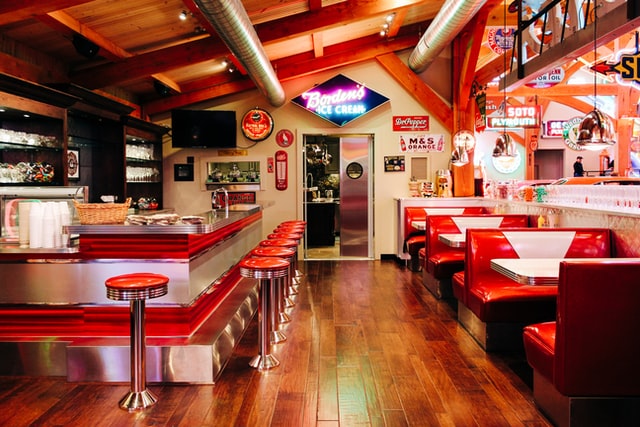

Last updated on
Red is one of the most popular colours used in advertising. It is often considered to be such a powerful color because it can evoke strong emotions. Some of the most common uses of red in advertising are to create feelings of excitement, passion, and urgency. Additionally, red has also often been used to convey a sense of luxury or exclusivity. While the use of red can be powerful, it is important to use it correctly in order to achieve the desired effect. However, it is very crucial to note that if it is used too frequently or in the wrong context, it can actually have a negative impact on the viewer.

Red has been used in advertising since the early days of print. One of the earliest examples is a 1786 advertisement for Redbreast whiskey, which featured a red-coated soldier. In 1872, British soap company Pears used the color to promote its “white as snow” soap. The campaign was a success, and Pears has used red in its advertising ever since.
Other early examples of red in advertising include ads from Coca-Cola that featured various catchphrases over the years including “Delicious and Refreshing” in red lettering and a 1916 ad for Wheaties that showed athletes competing against each other in front of a red background. It is no secret that Coca-Cola has vastly benefited from its red advertisements over the last 100+ years of marketing.

Today, red is still one of the most popular colors for advertising. It’s associated with excitement, energy, and passion, making it perfect for products or services that want to convey these qualities to consumers.
When it comes to the colour red, there are a variety of associations that can be used to create powerful ads. For example, red is often associated with love and passion, making it a popular choice in advertising for products such as dating websites or romantic vacations.
Additionally, red is thought to be an energetic colour that can increase heart rate and make people feel more alert. This makes it a good choice for advertising products such as energy drinks or sports equipment. It’s also used in restaurants, cafes, and other food-related businesses.

Red is one of the most eye-catching colours in the spectrum. It can create an emotional response, leading to action. For example, when politicians use red ties and clothing, they are trying to evoke a sense of power and passion. In fact, studies have shown that people are more likely to donate money to charity if they are given a red envelope as opposed to any other color. This is because the color connects with us as a symbol of the heart & its association with passion & power.
People often think about the colour red when they want to create a powerful and memorable advertisement. This is because red can be used in a variety of ways to create an impact. For example, red can be used in print ads to stand out in newspapers or magazines. It can also be used in TV commercials to grab the attention of viewers. Additionally, red can be used on websites to create a sense of urgency or excitement. Ultimately, using red in advertisements across many mediums is a tried and true way to spice up your advertisements.
When used correctly, red can be a very powerful colour in advertising. It is often associated with excitement, energy, and passion. Brands such as Coca-Cola, Mcdonald’s, Netflix, Nintendo, and more have long used red in their branding and marketing efforts. The color is extremely effective in creating an emotional connection with consumers, and invoking action.
However, it is important to use red sparingly so that it does not become overwhelming or cliché. In the wrong hands, red can be ineffective and even offensive to your target audience.